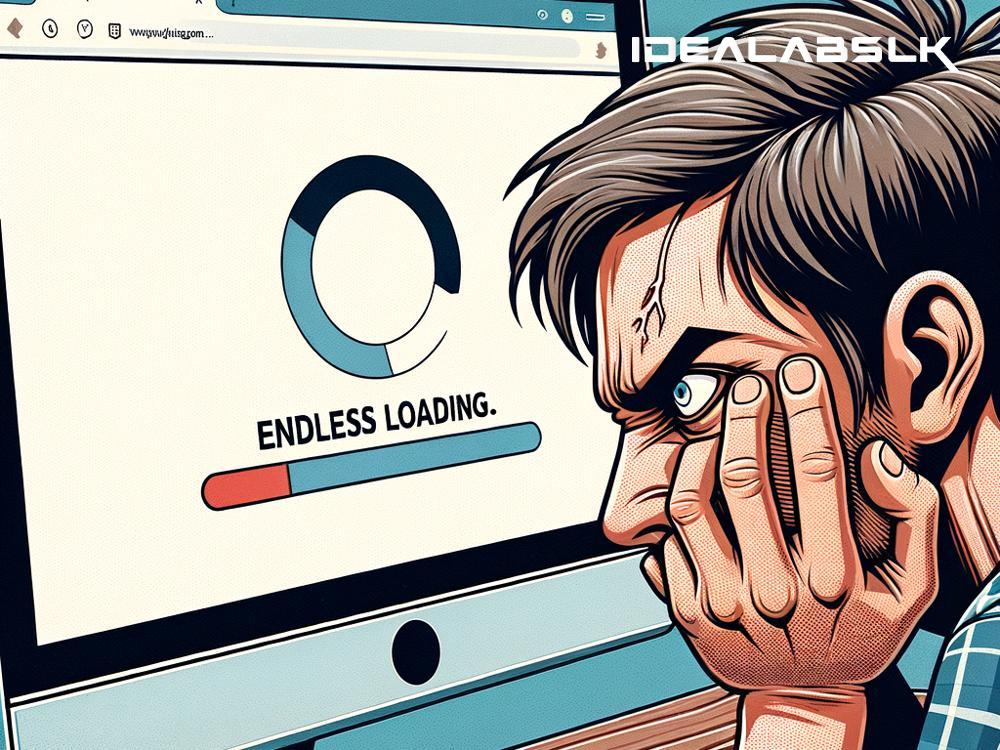Troubleshooting 'WordPress Site Loading Slow'
If you've found yourself twiddling your thumbs waiting for a WordPress site to load, you're not alone. A slow website not only tests your patience but can also drive away visitors and affect your site's SEO rankings. Fortunately, with a little troubleshooting, you can significantly speed up your WordPress site. Below, we've outlined some simple steps to diagnose and fix a sluggish site, ensuring a speedy and smooth experience for your users.
Step 1: Check Your Hosting
Your WordPress site's speed starts with your hosting service. Cheaper hosting plans often mean shared servers, which can result in slow response times when traffic spikes. If you're on a shared hosting plan and experiencing slowness, it might be time to consider upgrading to a Virtual Private Server (VPS) or a dedicated hosting plan. These options give your site its own resources, instead of sharing with other sites, leading to faster load times.
Step 2: Optimize Your Images
Images are often the largest parts of a web page, so if they're not properly optimized, they can significantly slow down your site. Before uploading, resize your images to the maximum size they will be displayed on your site. Also, compress your images – numerous online tools and WordPress plugins can reduce file size without sacrificing quality. This simple step can drastically reduce your page load times.
Step 3: Use Caching
When someone visits your site, their browser has to load every element of the page they're on, which can take time. By using caching, you can store a version of your site on their device so it loads faster the next time they visit. There are many WordPress caching plugins available that are easy to set up and can dramatically improve your site's load time.
Step 4: Minimize and Combine Files
Your WordPress site is made up of many JavaScript, CSS, and HTML files. Each of these files makes an HTTP request when a visitor comes to your site, which can slow down page loading times. To reduce the number of requests, you can minimize and combine these files. Plugins like Autoptimize can help you automate this process, condensing your files and making your site leaner and faster.
Step 5: Clean Up Your Database
Over time, your WordPress database can become cluttered with unused data, such as post revisions and outdated drafts, which can slow down your site. Cleaning up your database can make your site faster. Plugins like WP-Optimize can help you manage your database efficiently, removing unnecessary data and speeding up your site in the process.
Step 6: Deactivate and Delete Unnecessary Plugins
Every plugin you install adds more code to your site, which can potentially slow it down. Take a look at your installed plugins and deactivate or delete any that you don't absolutely need. Be sure to also keep your plugins up to date, as updates often include optimizations that can improve your site's performance.
Step 7: Use a Content Delivery Network (CDN)
A CDN stores copies of your site on servers around the world, so when someone visits your site, they're downloading it from the server closest to them, rather than from your host server. This can significantly reduce loading times, especially for visitors far from your host server's location. Many CDN services are available, and some hosting providers offer CDN integration as part of their hosting packages.
Step 8: Disable Hotlinking
Hotlinking occurs when other sites link directly to images on your site in their content, using your server's bandwidth every time their page is loaded. This can slow down your site and use up resources. You can prevent hotlinking by adding a few lines of code to your site's .htaccess file, ensuring that your images display only on your own site.
Conclusion
A slow WordPress site can harm your user experience and SEO rankings, but fortunately, it's often a problem that can be solved with a bit of troubleshooting. By following the steps outlined above, you can identify and alleviate common issues that slow down your site, making it faster and more efficient. Remember, a fast site not only keeps your visitors happy but can also improve your visibility in search engine results, so it's worth taking the time to speed up your WordPress site.

